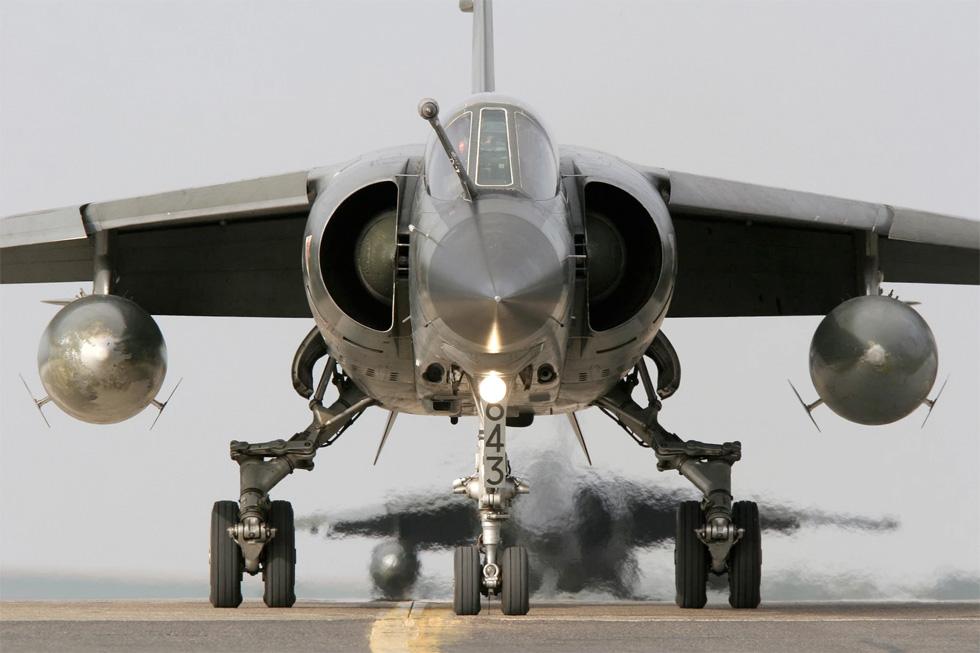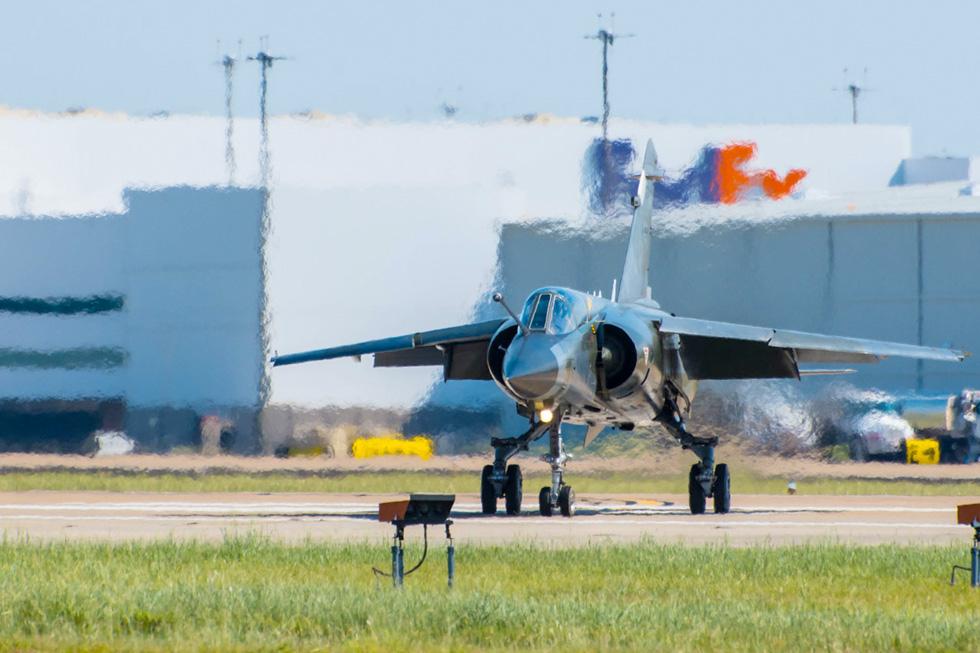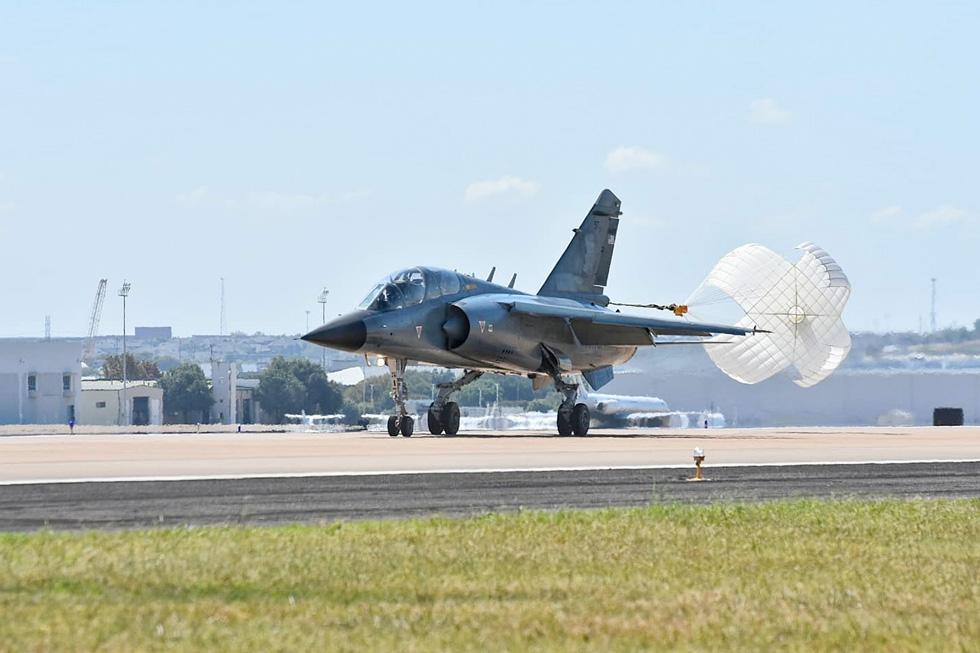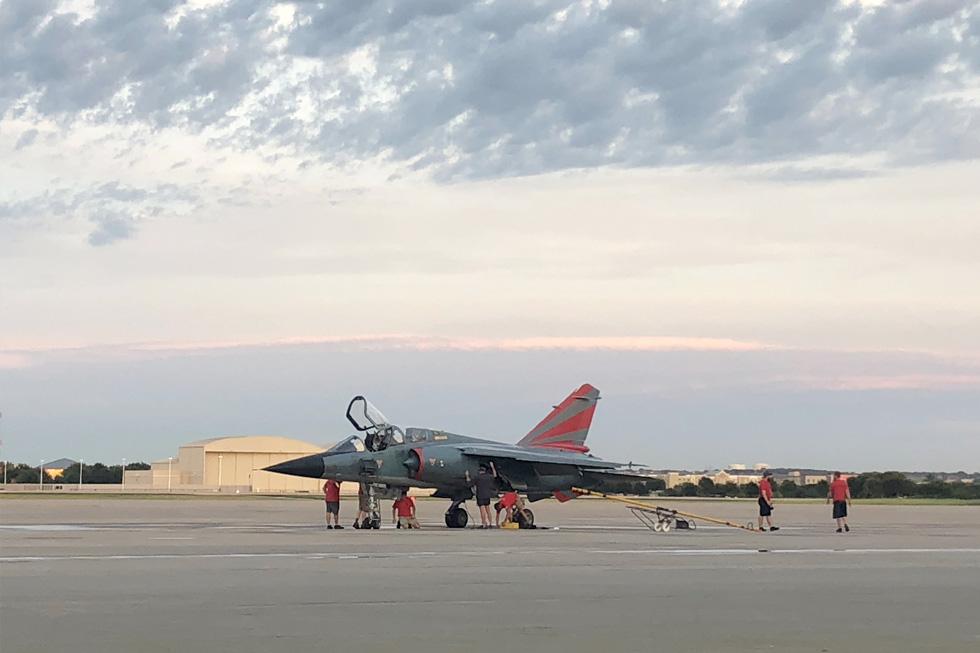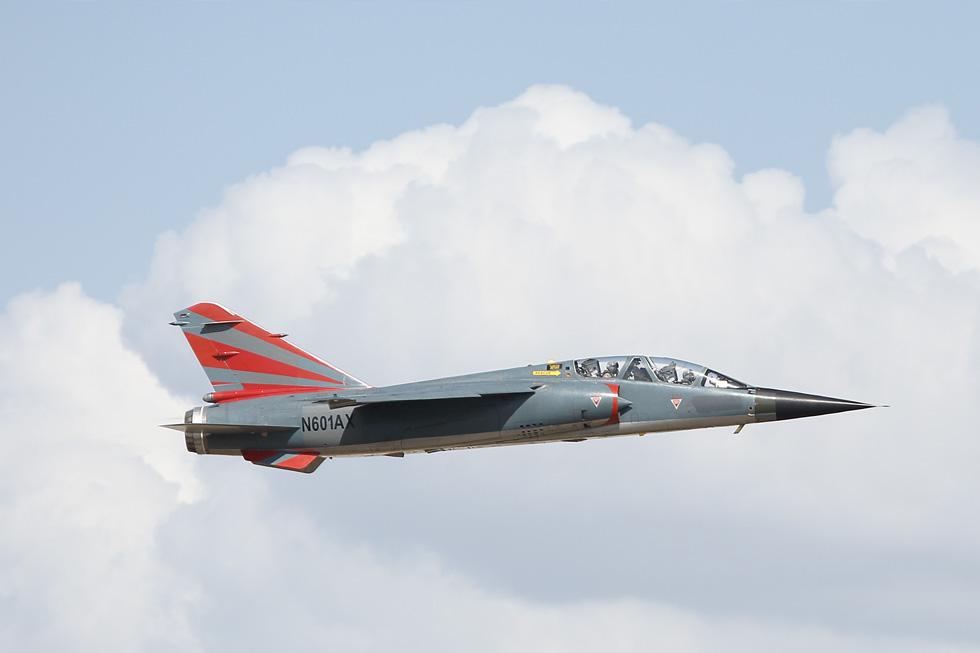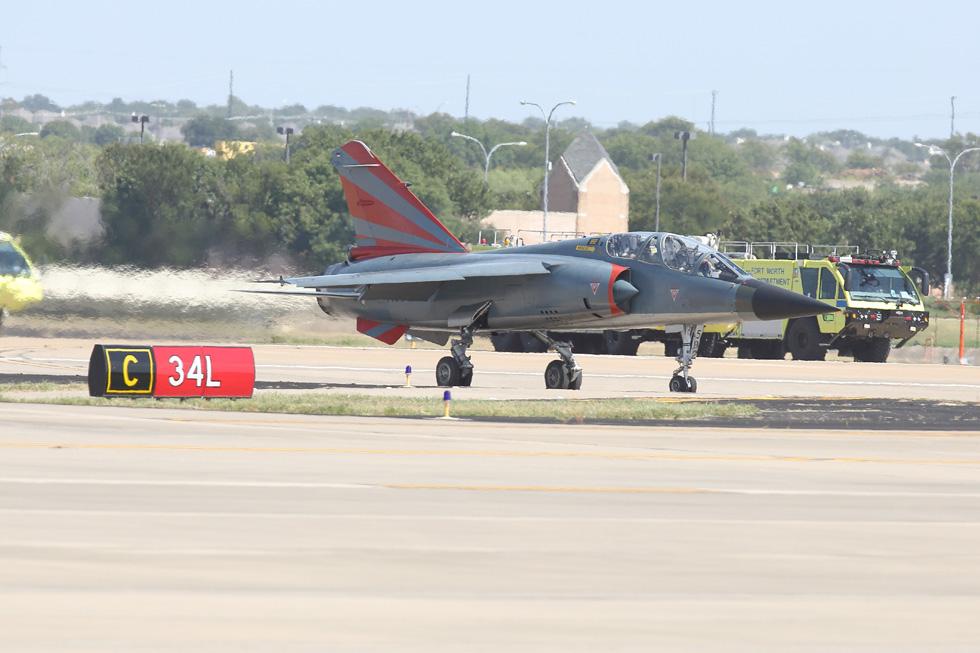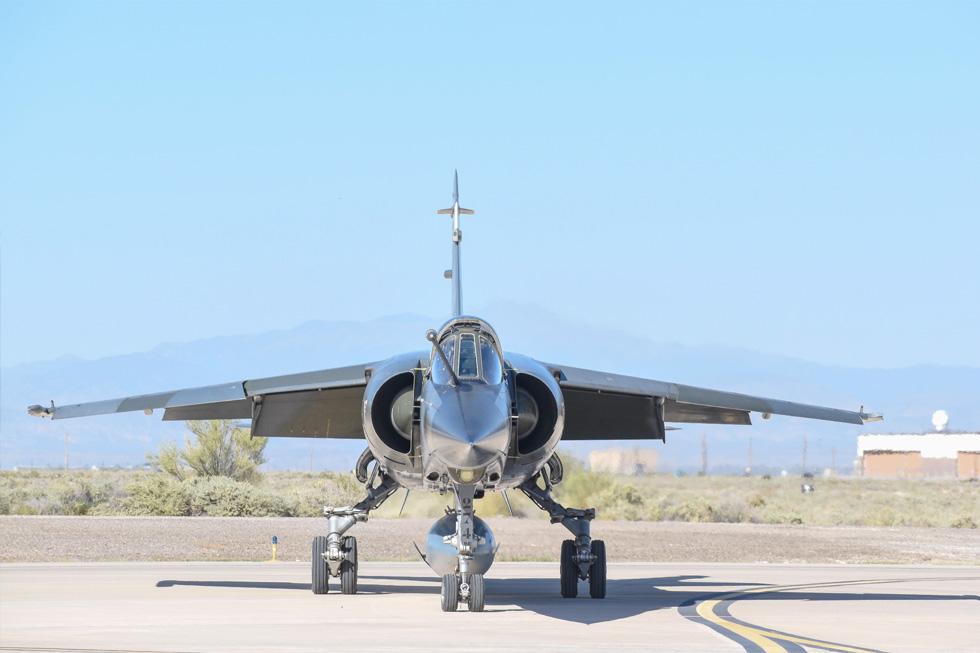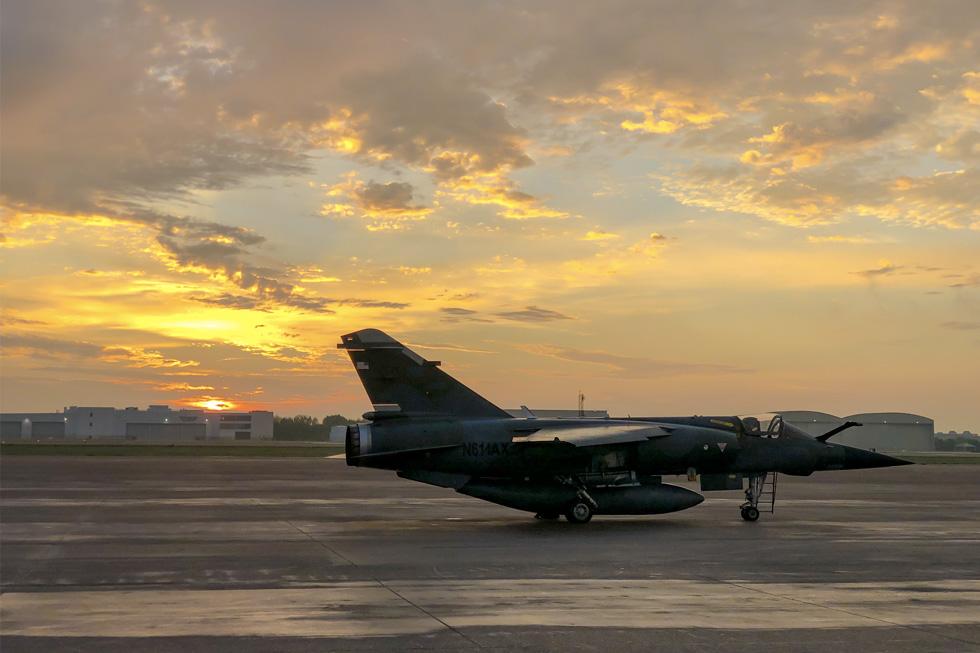
Mirage F1
Type: Mirage F1B, CT, and CR
Max Speed: 750 KIAS / Mach 2.2
Max Range: Over 1,700 NM
G-Limits: +7.2g / -3.0g
Ceiling: 60,700 ft
Max Climb Rate: 47,000+ fpm
Endurance: 3.0+ hours
The Mirage F1 is a French fighter/attack and reconnaissance aircraft developed as a successor to the Mirage III, the famous delta wing fighter. The major construction difference is the swept-back high wing structure with leading edge slats, which play a vital role in improving the low-speed controllability of the aircraft, as well as performance in air-to-air combat.
In 1973 the Mirage F1 was equipped with a Thomson-CSF Cyrano IV monopulse radar to meet the requirements of the French Air Force for an all-weather interceptor aircraft. Initially serving in the role of main interceptor for the French Air Force until the introduction of the Mirage 2000, the Mirage F1 later transitioned to the reconnaissance (CR) and attack (CT) roles with significant avionics and systems upgrades.
The French Air Force was the major operator of the Mirage F1 with 246 aircraft. Mirage F1s were first deployed to Chad in 1984 as part of the Operation Manta, a French intervention against the Libyan invasion of Chad. A total of 473 aircraft were produced for the South African, Libyan, Ecuadorian, Kuwaiti, Qatari, Jordanian, Hellenic, Spanish, and Royal Moroccan Air Forces.
The Mirage F1 is a supersonic swept-wing fighter with leading edge flaps, powered flight controls, autopilot, a HUD, RWR, GPS, and HOTAS, and the ability to simulate both IR and radar missiles. It is powered by an ATAR 9K-50 afterburning engine producing 16,000 pounds of thrust.
ATAC deploys the Mirage F1 in support of all its missions. It is a highly capable supersonic fighter, a stable ground attack weapon system, and it possesses the tactical flexibility to participate in all integrated training exercises. The F1 is truly a threat-representative fighter able to perform all the missions required to train today's frontline fighter pilots.
